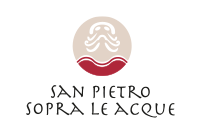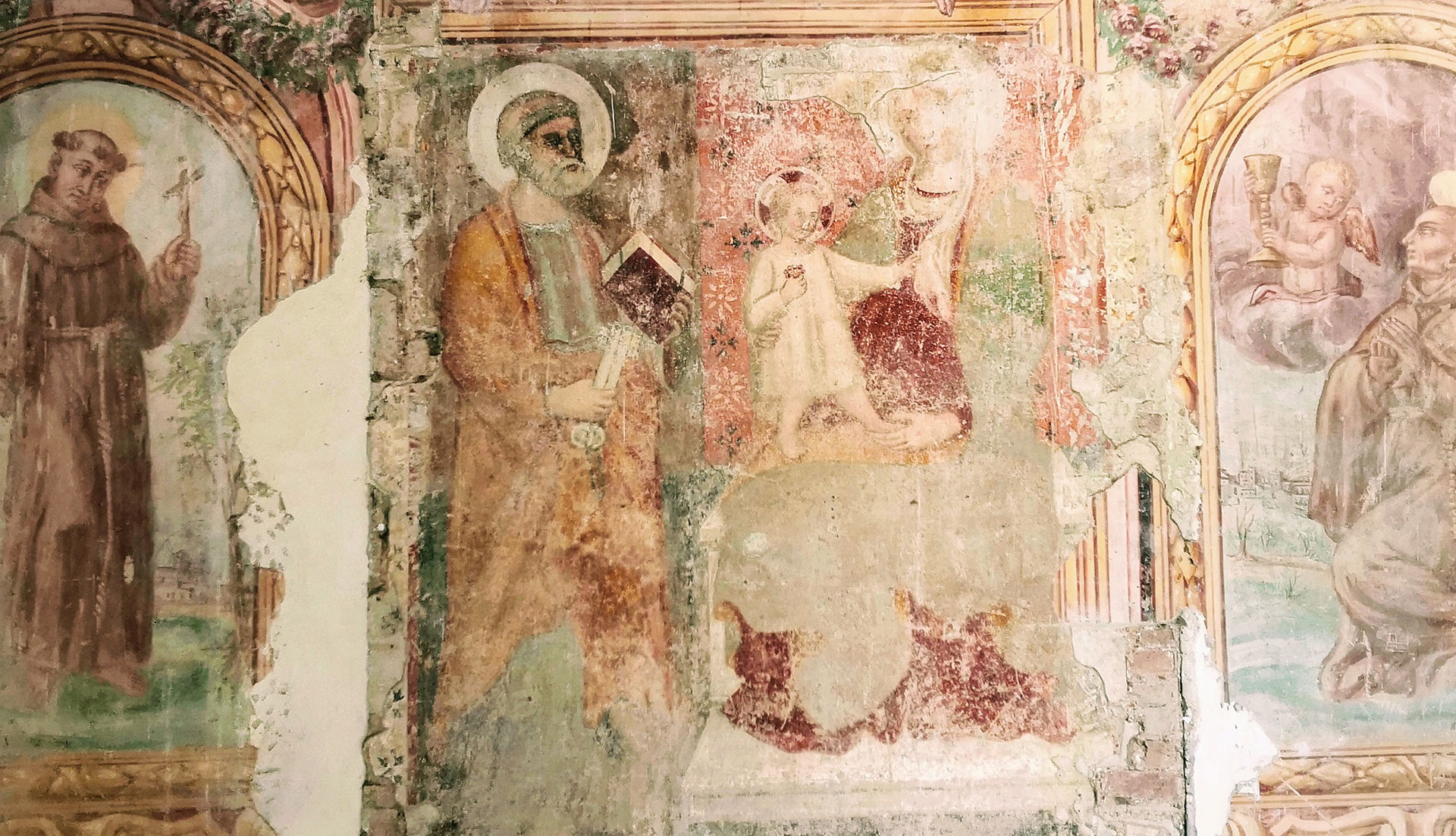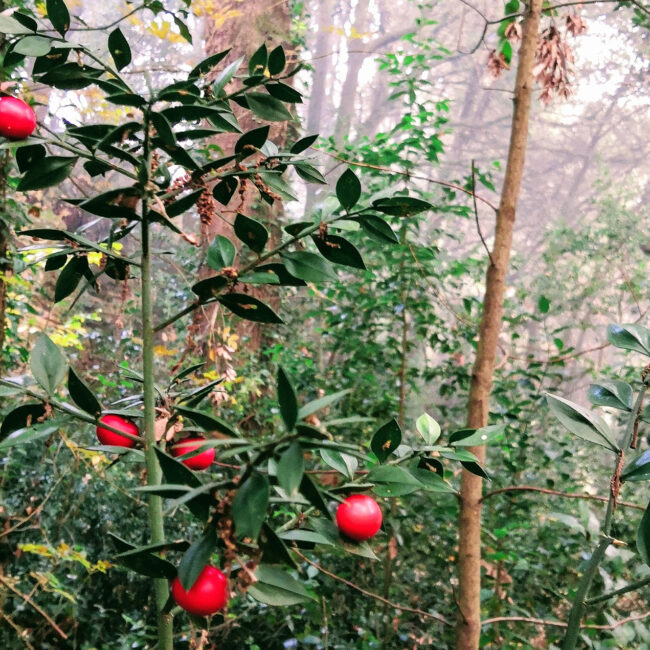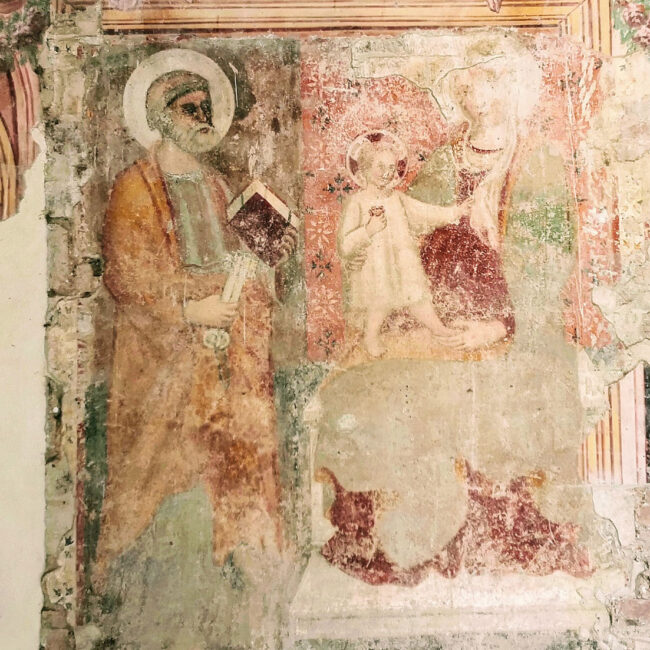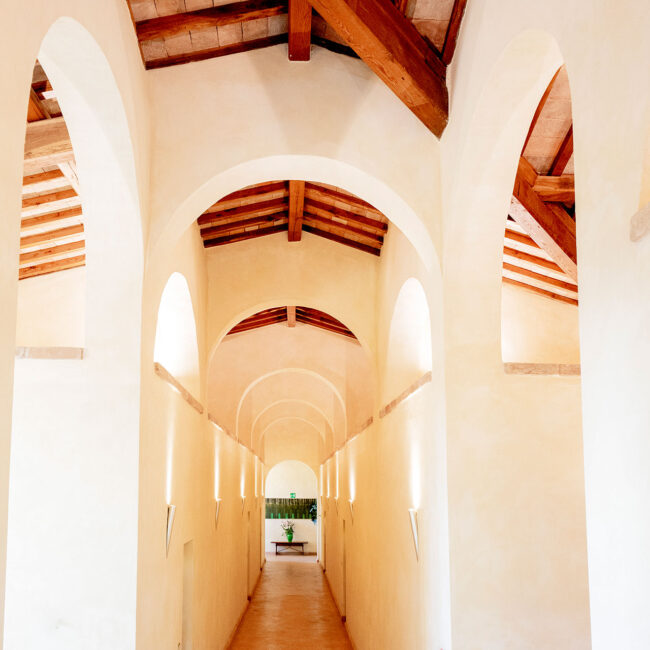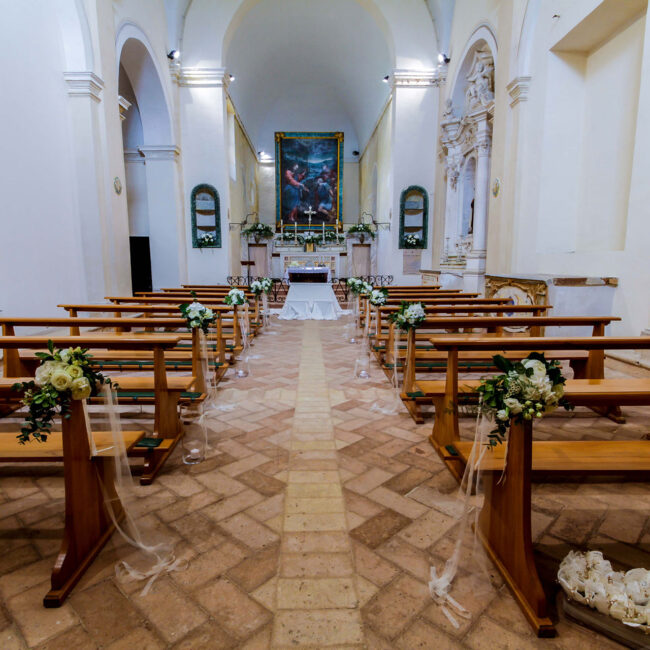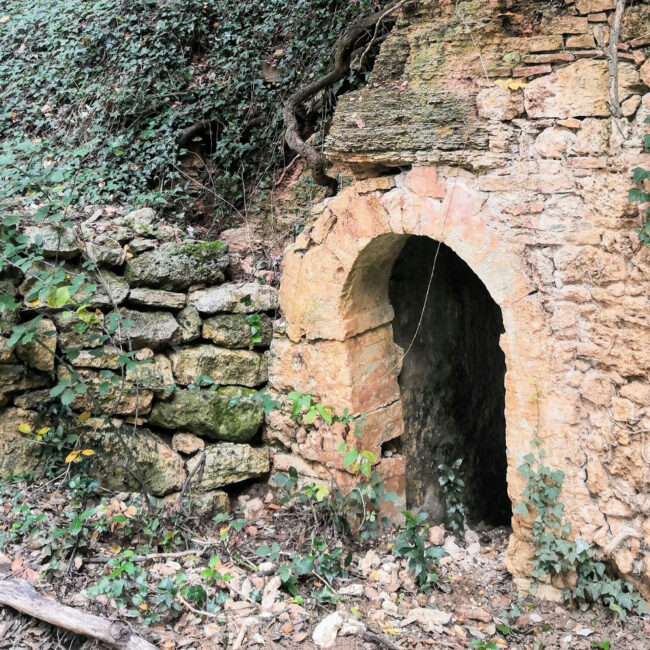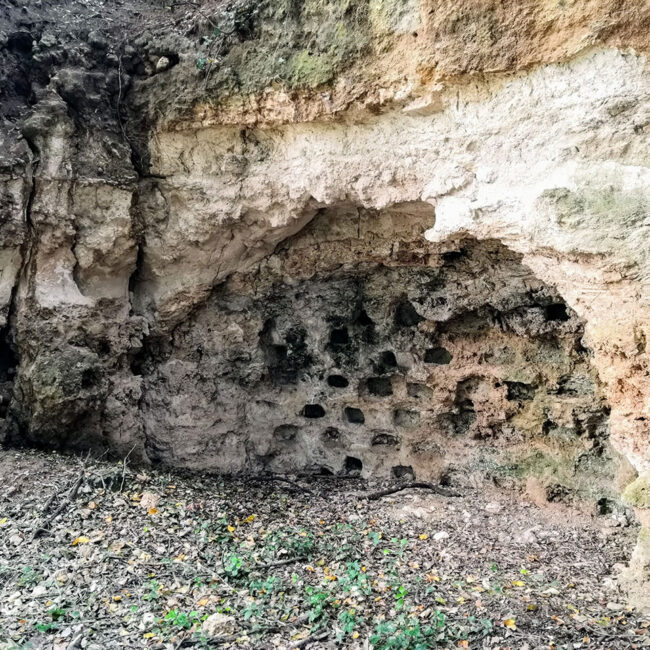The portico
The portico, probably the seat of the previous medieval church
The fresco in the lunette above the entrance door to the convent was also made by Polinori and depicts St. Francis receiving the Stigmata. Under the portico on the facade of the church there are modest eighteenth-century frescoes, covered with ancient graffiti and signatures of visitors or pilgrims – of which it would be very interesting and important to know more about them.
On the left wall of the portico, in a baroque frame, a fifteenth-century fresco – detached along with the entire supporting wall – is displayed depicting the client in prayer before the Virgin, brought to Her by St. Peter. Perhaps, it is the only artistic proof of the previous destroyed church.
The portico
The portico, probably the seat of the previous medieval church The fresco in the lunette above the entrance door to the convent was also made by Polinori and depicts St. Francis re
The convent
The convent is deployed around a cloister with a central cistern, now enclosed by ancient arches. The entrance to the corridor is decorated with frescoes illustrating the life and
The church in late Mannerism style in stile
The church – built between 1614 and 1624 – presents a late Roman Mannerism style with a single nave, altars on the right side and a chapel embellished with original stucco deco
The Roman necropolis and the ever-sacred vocation of the place
The sacredness hovering around this place is still evident. Its features – typically halfway up the hill – make us think of earlier Etruscan and later Roman temples. During the
The caves in the woods
Actually, there are some archaeological records which may help. It deals with cavities dug in the natural tuff bastion delimiting the compound of St. Peter to the north. The first,
